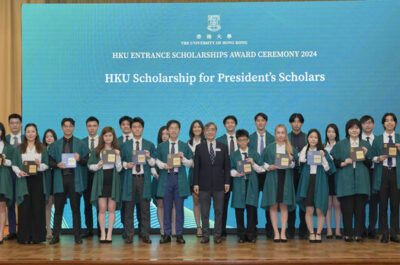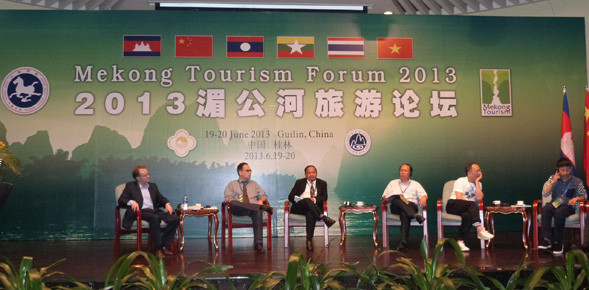The Mekong Tourism Forum hosted in Guilin on June 18 and 19 looked at ways to assess at best the growing Chinese market, which is far more sophisticated than thought by most tourism players.
GUILIN- Being hosted in China, the last edition of the Mekong Tourism Forum looked at the impact generated by what is today the fastest and largest travel market in the world. With 83 million outbound travellers of which 12.4% go to Southeast Asia, the Chinese market is deeply impacting all the countries in the region and particularly the Mekong Sub-region.
“The Chinese market is of course a force to be reckoned with. When we look at data for the last 20 years, average annual growth showed double-digit figures. PATA projections forecast that it will continue to grow on average by 10.5% in the next five years. By 2017, the GMS region should welcome close to 7 million travellers from China PRC”, highlighted John Koldowski, special adviser at PATA and former head of the Strategic Intelligence Unit.
China is a huge market. And its huge size means that it is also not simple to embrace in its integrality. “The Chinese market is not only about tour group tourism although there is still an estimated 150 million of first-time travellers wishing to go on a tour. But the wide spectrum of travellers means that it needs to be refined and segmented”, added Mr. Koldowski.
For Johanna Vos, working at COFRI (China Outbound Tourism Research Institute) in Beijing, “the market will continue to grow especially as outbound travel has not been affected by the recent campaign against conspicuous consumption. The growth of the market had a great impact. We can not speak anymore of ONE Chinese market but many segmented markets. The sophistication of the travel market is particularly evident with experienced repeat travellers, luxury travellers who foster individual behaviour”, said Mrs. Vos. First-tier versus second/third-tier cities, differences in languages, fashion across the country, the search for an experience and for differentiation are reshaping Chineses travel habits. Mrs. Vos advised GMS to look at providing respect and prestige for the Chinese travellers, especially as the GMS is an easily accessible destination.
Although it will be difficult to lure Chinese tourists into the GMS travel segment of Community-based (CBT), responsible and sustainable tourism, there is a need to communicate with Chinese travellers about those products, doing some pedagogic work towards China and improve the service’s quality towards Chinese travellers, highlighted Mrs Potjana Suansri, Thailand’s pioneer for CBT. A code of conduct, adapting the service by providing workers understanding the Chinese language or travel and eating habits is the right way to show commitment to that market.
Another aspect of attracting Chinese travellers takes place around social media and the internet. “Chinese web consumption is a world on its own and it would be wrong to just adapt and translate a western-style web into Chinese”, told Jens Thraenhart, co-founder and President of the travel technology firm Dragon Trail. “But at the end of the day, we should remember that our cultural differences are very superficial from one nation to another. We should consider the Chinese traveller like any other market. They have similar needs and expectations than other travelling nations”, said Magnus Bartlett, Publisher of Odyssey Books and Guides.
Luc Citrinot a French national is a freelance journalist and consultant in tourism and air transport with over 20 years experience. Based in Paris and Bangkok, he works for various travel and air transport trade publications in Europe and Asia.




![[PR] PR_Ascott and Vimut Hospital_2024](https://www.traveldailynews.asia/wp-content/uploads/2024/04/PR-PR_Ascott-and-Vimut-Hospital_2024-400x265.jpg)



























































